
Live Simulcast of Tod Machover’s Death and the Powers
Remote audiences can experience composer and MIT Professor Tod Machover’s legendary robot opera, “Death and the Powers,” through a global interactive simulcast — the first of its kind.
EDITORIAL DIRECTOR
Leah Talatinian
Senior Officer for Marketing and Communications

Remote audiences can experience composer and MIT Professor Tod Machover’s legendary robot opera, “Death and the Powers,” through a global interactive simulcast — the first of its kind.
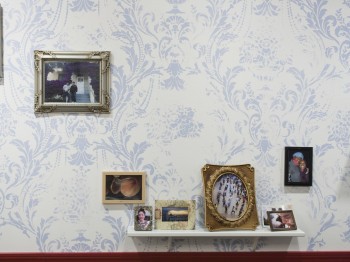
Courtney Klemens, Campus and Community Outreach Coordinator at MIT’s List Visual Arts Center, talks to artist Kambui Olujimi about his exhibition, A Life in Pictures.

Rahul and Emily Bhargava create “data murals” in collaboration with community organizations.

MIT student and Marshall Scholar Colleen Loynachan finds beauty in the world of materials science.
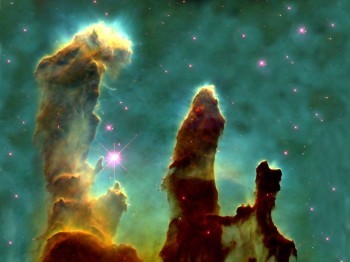
Who can win this challenge from MIT astronomers to create the best astronomical art? Here are our top picks for space-themed art to get those creative juices flowing.
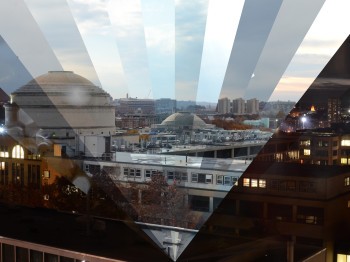
MIT student photography exhibit, “Process,” at the Wiesner Student Art Gallery captures science in action. The exhibit is the culmination of the CAST-sponsored course, “Objective Narratives: Portraits of Science Through Material Culture and Photography.”
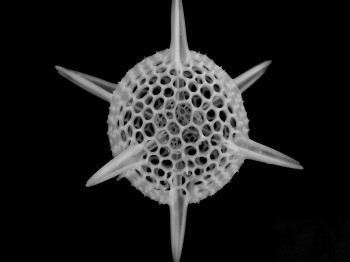
Prashant Patil, a PhD student in MIT’s Center for Bits and Atoms, works with photographer Michael Benson to document microscopic landscapes.
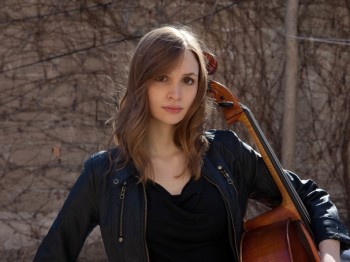
Cellist Mariel Roberts performs works by Tristan Perich, Pauline Olivares, Alex Mincek, and the world premiere of Evan Ziporyn’s “Old Growth” at MIT.
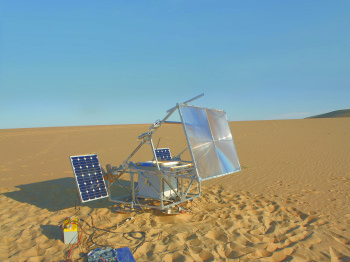
In 2012, MIT Visiting Artist Mel Chin collaborated with Markus Kayser, a Research Assistant in the Media Lab’s Mediated Matter group, to develop The Saharan Sand Dollar Exchange Machine, a solar powered and fully active money exchange machine.

In the late night television talk show, “Si, ya veo,” the pop back-up dancers Las Burbujitos (“The Bubblies”) sing songs about the wonders of eco-friendly cleaning products. Los Pulmones (“The Lungs”) make an appearance to impart a message about workplace safety. An evil virus talks about health. Designed to broadcast important information for domestic workers, the television show is the latest public art piece — at the intersection of the fantastical and the public safety announcement — by MIT alumna Marisa Jahn, a current fellow at MIT Open Doc Labs.
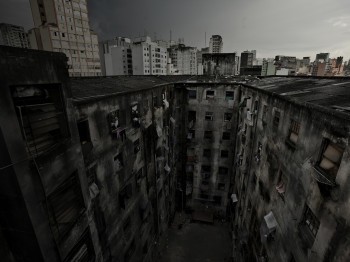

“We are an urban species,” Cizek says. As an ambitious “multi-year, transmedia collaborative documentary project,” Highrise explodes traditional notions of what a documentary can be.


At the MIT Museum, Stanley Greenberg’s exhibition “Time Machines,” captures the technological sublime of telescopes, particle accelerators, spectrometers, and ion traps that comprise the trappings of modern physics.
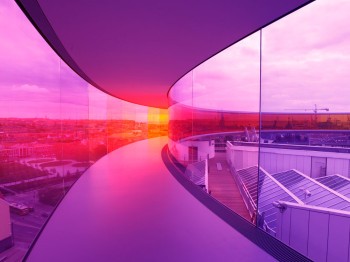

The Council for the Arts at MIT is pleased to announce that Olafur Eliasson is the recipient of the 2014, 40th anniversary Eugene McDermott Award in the Arts at MIT. Renowned for the multi-faceted practice of his studio in Berlin, Eliasson creates ambitious public art projects, large-scale installations, architectural pavilions, major art exhibitions, spatial experiments, sensory experiences and a distinctive art and social business enterprise — Little Sun, a solar powered lamp that is “a work of art that works in life.” Eliasson’s creative practice above all reveals that art shapes life in a way that transforms reality.
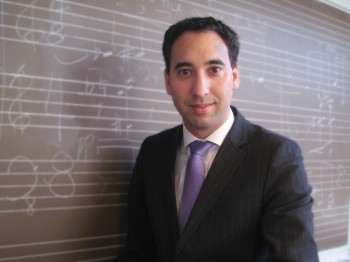

Only at MIT would a musicologist writing a book on sacred medieval music also run a research lab. It was in this lab that Michael Scott Cuthbert, associate professor of music at MIT, developed “music21,” an open-source toolkit he describes as a “program for writing programs.”


Frankel has made a career of communicating the rigor and wonder of science through visual methods, from depictions of oxidizing metal to bacteria colonies, nanocrystals to microfluidics. She is interested in “imagery as a means of inquiry,” an invitation to further discovery of the physical world, both the observable and the microscopic. In her work, the image is a vehicle to understanding. She makes scientific images — at once visually arresting and content-rich — to teach, to learn, to communicate, and to ignite a particular brand of scientific curiosity about the world around us.
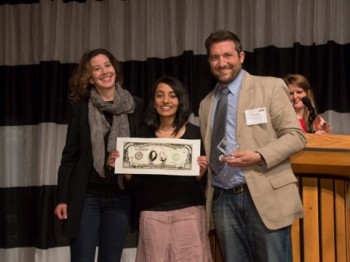
In anticipation of the 2013 Hacking Arts Hackathon, we asked Kim Gordon for some entrepreneurial advice. Gordon, an alumna of the MIT Sloan School of Management, is the CEO of Depict, a new startup venture bringing a rotating selection of … Continued
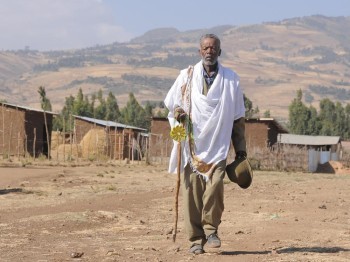

At the MIT Sloan School’s Hacking Arts weekend, Olafur Eliasson and Frederik Ottesen invite you to work with a key member of the Little Sun team on expanding the global Little Sun project. It’s not just about delivering light to people – it matters how it gets there. Join us!
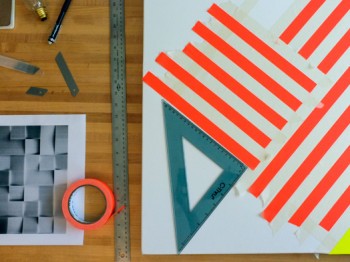

Floor van de Velde, a master’s candidate in the MIT program in Art, Culture and Technology (ACT), is attracted to reflective surfaces. She works in her studio a lot at night, when her experimentations in light appear so intensely radiant as to be almost tangible.
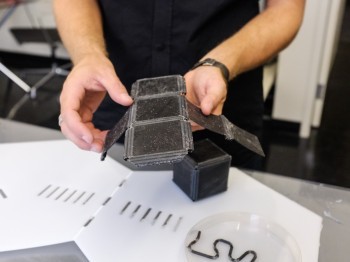
We recently caught up with MIT Lecturer and TED Fellow Skylar Tibbits before he headed out to Ars Electronica as a recipient of the [The Next Idea]: Voestalpine Art and Technology Grant for his collaborative project Hyperform.
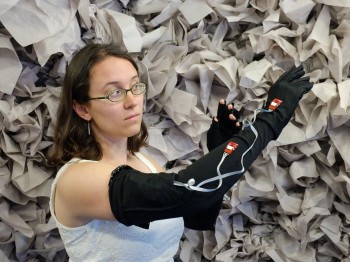

This week, we visited Tod Machover’s Opera of the Future group (also known as Hyperinstruments). The Opera of the Future group explores concepts and techniques to help advance the future of musical composition, performance, learning, and expression.
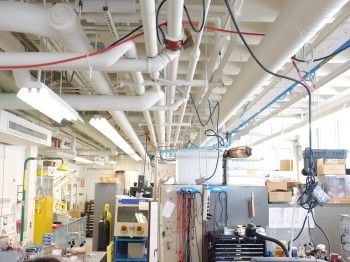

This week for Studio/Lab, we met with postdoctoral fellow Zhao Qin and phD candidate Leon Dimas. Qin and Dimas are part of Professor Markus Buehler’s research group in the Laboratory for Atomistic and Molecular Mechanics
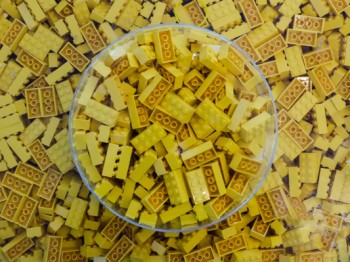

This week for Studio/Lab we visited doctoral student Eric Rosenbaum from the MIT Media Lab’s Lifelong Kindergarten group. The mission of the Lifelong Kindergarten group is to “develop new technologies that, in the spirit of the blocks and fingerpaint of kindergarten, expand the range of what people can design, create, and learn.”
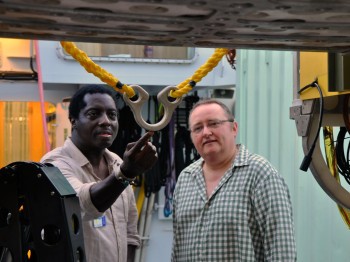

At one of the lowest points of the Caribbean sea lies a faultline, a rift in the ocean floor spreading apart slowly, issuing hot plumes of fluid from deep within the earth’s crust like a geyser underneath the ocean. At this depth, not much is known.
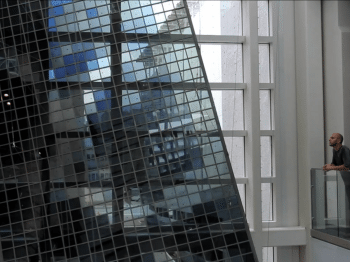
How does a gigantic glass LCD display represent nature? The 90-foot long “ribbon” that slices through the atrium of the North Carolina Museum of Natural Sciences shows animated patterns inspired by nature, from flying birds to clouds floating across the sky.
Titled “Patterned by Nature,” the sculpture is an impressive crossover between engineering, art, and the natural world. Its creator, Jeff Lieberman ’00, SM ’04, SM ’06, has been studying the intersection of art and science for years and “Patterned by Nature” is the perfect manifestation of this belief.